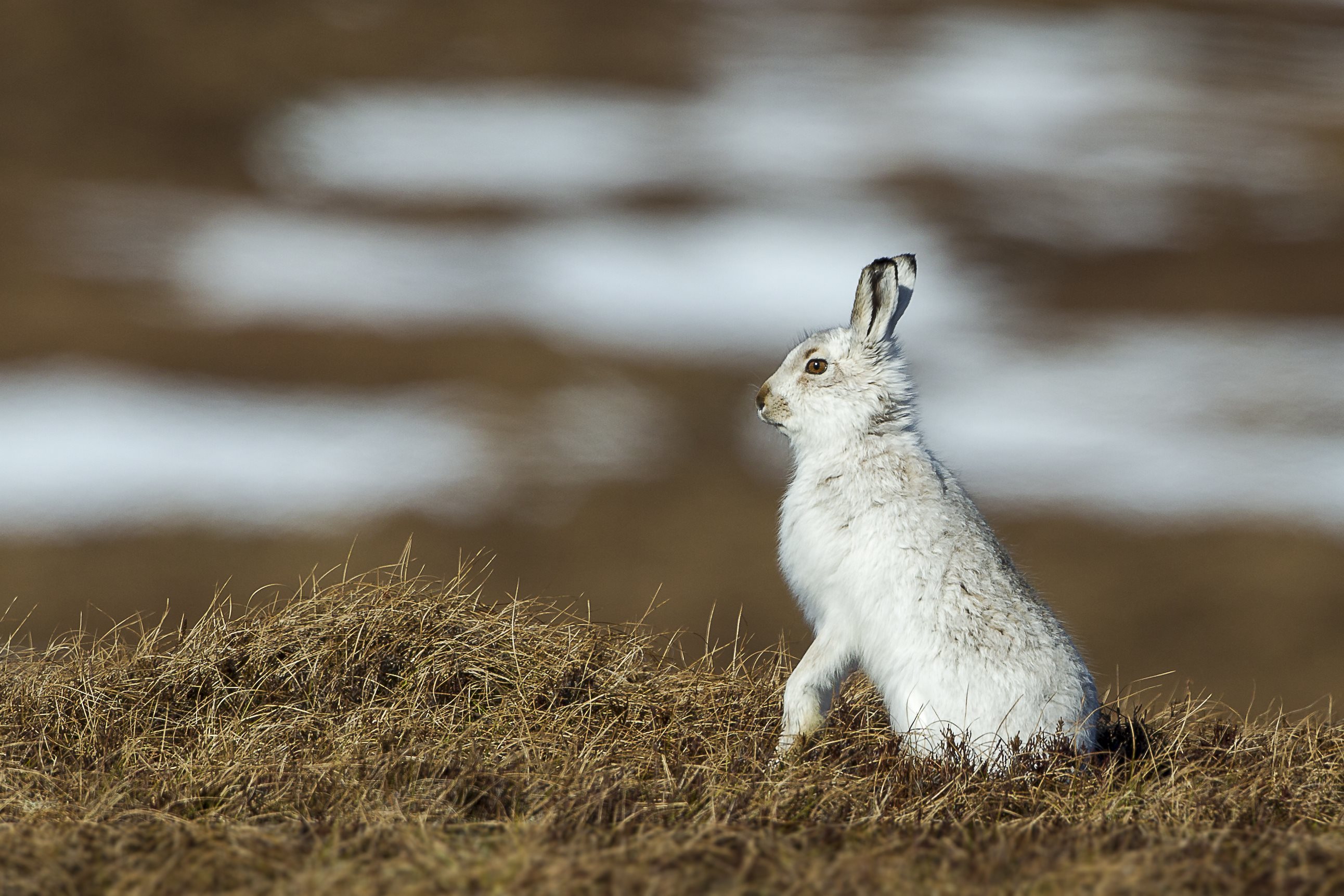Estates in the east Cairngorms are preparing to undertake a second year of mountain hare monitoring using new methods of counting.
In the last few months of 2018, Balmoral, Invercauld, Mar and Glenavon estates surveyed 10 sites, covering an area of 40 square kilometres, all of which were on grouse moors.
Mountain hares were observed in all survey areas, with an average of 16 mountain hares encountered per kilometre walked by surveyors.
With new SNH research methodology based on an encounter rate of eight hares per kilometre, that would suggest an estimated population of at least 2,000 mountain hares on the surveyed area.
Ross MacLeod of the Game and Wildlife Conservation Trust, who provided training in undertaking the SNH survey technique, said: “Last winter’s counts indicated a robust population of hares on the grouse moors surveyed.
“Accurate data on mountain hare numbers in rural Scotland has been limited up until now but the new counting methodology provides valuable information at a time when there is a lot of discussion about their numbers.”
Angus McNicol from Invercauld Estate added: “We were not surprised to see a good number of mountain hares on the extensive area we surveyed last year.
“Our keepers have reported stable populations for many years but their expertise is sometimes discounted.
“The East Cairngorms Moorland Partnership region is true mountain hare country and it is clear that the techniques employed to manage land for grouse shooting also benefit wild mountain hares”.
The hares were monitored last year using a night-time counting methodology. This method revealed hares are most active after sunset.
